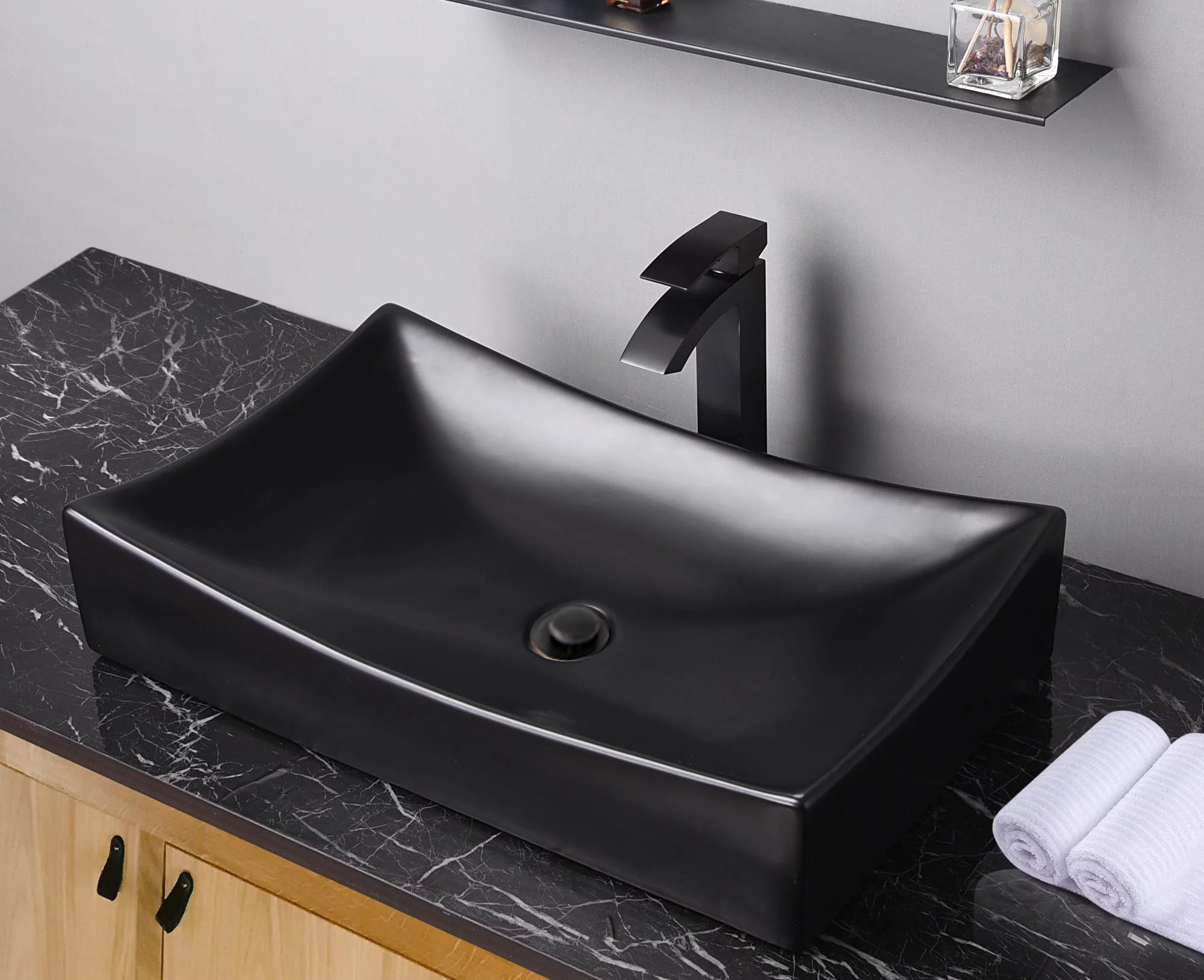

Articles
How To Clean A Black Porcelain Sink
Modified: February 21, 2024
Discover effective methods and tips on how to clean a black porcelain sink in this informative article. Transform your sink to its shining glory with these expert cleaning techniques.
(Many of the links in this article redirect to a specific reviewed product. Your purchase of these products through affiliate links helps to generate commission for Storables.com, at no extra cost. Learn more)
Introduction
Having a black porcelain sink in your kitchen can add a touch of elegance and sophistication to your space. However, keeping it clean and looking its best requires some effort and the right cleaning techniques. Stains, water spots, and residue can easily accumulate on the surface, making your sink appear dull and dirty.
In this article, we will guide you through the process of effectively cleaning your black porcelain sink, restoring its shine and ensuring that it remains pristine for years to come. By following these simple steps and using the right materials, you can easily maintain a clean and beautiful sink that enhances the overall aesthetic of your kitchen.
Key Takeaways:
- Restore the elegance of your black porcelain sink by using simple household materials like baking soda, vinegar, and lemon juice. Follow the step-by-step guide to keep your sink looking pristine and beautiful.
- Regular maintenance and proper care are essential for preserving the beauty of your black porcelain sink. By incorporating the recommended cleaning steps into your routine, you can ensure that your sink remains a focal point of beauty in your kitchen.
Read more: How To Clean A Black Sink
Materials Needed
Before you begin cleaning your black porcelain sink, gather the following materials:
- Mild dish soap or a specialized porcelain cleaner
- Baking soda
- White vinegar
- Lemon juice
- Sponge or soft cloth
- Soft-bristled brush
- Microfiber towel or cloth for drying
These materials are readily available in most households or can be easily obtained from a local store. Having them on hand will ensure a smooth and successful cleaning process for your black porcelain sink.
Step 1: Clearing the Sink
The first step in cleaning your black porcelain sink is to clear any debris or dishes that may be in the sink. Remove any dishes, utensils, or food particles and place them aside.
Next, use a gentle stream of warm water to rinse the sink thoroughly. This will help remove any loose dirt or grime from the surface, making it easier to clean. You can use your hands or a soft cloth to wipe the sink as you rinse.
Once the sink is clear, use a mild dish soap or a specialized porcelain cleaner to create a cleaning solution. Follow the instructions on the cleaner’s packaging or dilute a small amount of dish soap in warm water.
Using a sponge or soft cloth, immerse it in the cleaning solution and begin scrubbing the entire surface of the sink. Pay close attention to the areas around the drain and the edges of the sink where dirt and residue tend to accumulate.
After scrubbing, rinse the sink thoroughly with warm water to remove any soap residue. Make sure to rinse all areas, including the corners and crevices.
Now that your sink is clear of debris and has been rinsed, it is ready for the next step in the cleaning process.
Step 2: Applying the Cleaning Solution
Now that you have cleared the sink and rinsed it, it is time to apply the cleaning solution to effectively remove any stubborn stains, mineral deposits, or discoloration that may be present on your black porcelain sink.
To begin, create a paste by mixing baking soda with water. The ratio should be approximately 2 tablespoons of baking soda to 1 tablespoon of water, but you can adjust the consistency as needed.
Once the paste is ready, use a sponge or soft cloth to apply it to the surface of the sink. Begin by focusing on areas that require extra attention, such as stains or discolored spots.
Gently scrub the sink in circular motions, working the paste into the surface. The mild abrasive properties of the baking soda will help lift stubborn stains and dirt without damaging the porcelain surface.
If you are dealing with hard water stains or mineral deposits, you can enhance the cleaning power of the paste by adding a small amount of white vinegar or lemon juice. These natural acidic substances will help break down and dissolve the deposits.
Leave the paste on the sink for a few minutes to allow it to penetrate and work its magic. This will help loosen any stubborn stains or residues.
After allowing the cleaning solution to sit for a few minutes, use a soft-bristled brush or sponge to scrub the sink once again. Focus on areas that still require attention or have visible stains.
Rinse the sink thoroughly with warm water to remove the cleaning solution and any residue left behind.
Your black porcelain sink is now ready for the next step in the cleaning process, which involves scrubbing and removing tough spots and stains.
Use a non-abrasive cleaner and a soft sponge to clean a black porcelain sink. Avoid using harsh chemicals or abrasive scrubbers to prevent scratching the surface. Dry the sink after cleaning to prevent water spots.
Step 3: Scrubbing the Sink
With the cleaning solution applied and rinsed off, it’s time to focus on scrubbing your black porcelain sink to remove any lingering stains, dirt, or residue.
Take your soft-bristled brush or sponge and start scrubbing the surface of the sink in circular motions. Apply gentle pressure, especially on areas that require extra attention, such as stubborn stains or hardened debris.
Make sure to scrub all areas of the sink, including the corners and edges. Pay close attention to any crevices or hard-to-reach spots where dirt tends to accumulate.
If you encounter any remaining stains that are resistant to scrubbing, you can create a stronger cleaning solution by mixing baking soda and vinegar or lemon juice. Apply this paste directly to the stubborn stains and let it sit for a few minutes before scrubbing again.
For added cleaning power, you can also consider using a specialized porcelain cleaner recommended by the sink manufacturer. Follow the instructions on the cleaner and apply it to the areas that require extra attention.
Continue scrubbing until you are satisfied with the cleanliness of the sink. Make sure to periodically rinse your brush or sponge in warm water to remove any buildup or residue.
Once you have thoroughly scrubbed the sink to your satisfaction, move on to the next step to address any remaining tough spots and stains that may be present.
Read more: How Do You Clean A Porcelain Sink
Step 4: Removing Stains and Tough Spots
After scrubbing the sink, there may still be stubborn stains or tough spots that require additional attention. In this step, we will focus on specifically targeting and removing those difficult stains to ensure a thorough cleaning.
To tackle tough spots and stains, start by creating a cleaning solution using vinegar or lemon juice. Both of these natural acidic substances are effective at breaking down and removing stains.
Dampen a sponge or cloth with the vinegar or lemon juice and directly apply it to the stained areas of the sink. Let the solution sit for a few minutes to allow it to penetrate and work on the stains.
Once the solution has had time to work, use your soft-bristled brush or sponge to gently scrub the stained areas. Apply light pressure and continue scrubbing until the stains begin to fade or disappear.
If the stain persists, you can try making a baking soda paste by mixing baking soda with water. Apply this paste to the stubborn stain and let it sit for a few minutes before scrubbing again.
For particularly stubborn or deep-set stains, there are also specialized porcelain stain removers available in the market. Follow the instructions on the product and apply it directly to the stains as directed.
Remember to always test any cleaning solutions or stain removers on a small, inconspicuous area of the sink first to ensure that they do not cause any damage or discoloration.
Once you have successfully removed all stains and tough spots, proceed to the final step to ensure that your black porcelain sink is thoroughly rinsed and dried.
Step 5: Rinsing and Drying the Sink
Now that you have successfully cleaned and removed all stains from your black porcelain sink, it’s time to thoroughly rinse and dry the sink to ensure a sparkling finish.
Begin by rinsing the sink with warm water to remove any remaining cleaning solution, residue, or debris. Pay close attention to all areas of the sink, including the corners and edges.
Use your hands or a sponge to wipe the sink and ensure that all cleaning solution and residue have been washed away. Rinse the sponge or cloth frequently to avoid spreading any debris back onto the sink’s surface.
After rinsing, use a microfiber towel or cloth to gently dry the sink. This will help prevent water spots and streaks, leaving your sink looking clean and shiny.
Start by patting the sink dry, absorbing any excess moisture. Then, use the cloth to wipe the sink in circular motions, paying attention to any areas that tend to retain water.
Take the time to dry all areas of the sink thoroughly, including the outer edges and the drain. This will help prevent any water stains or mineral buildup from occurring.
Once the sink is completely dry, take a step back and admire your beautifully clean and gleaming black porcelain sink.
By following these simple steps and using the right materials and techniques, you can keep your black porcelain sink looking like new for years to come.
Remember, regular cleaning and maintenance will help prolong the life and appearance of your sink. Consider incorporating these cleaning steps into your routine to ensure your black porcelain sink remains a centerpiece of beauty in your kitchen.
Happy cleaning!
Conclusion
Maintaining a clean and spotless black porcelain sink doesn’t have to be a daunting task. By following the steps outlined in this article, you can easily restore its shine and keep it looking pristine.
Remember to clear the sink of any debris, apply a suitable cleaning solution, scrub the surface to remove stains, and address any tough spots or stains with specialized treatments.
Rinsing the sink thoroughly and drying it properly will help prevent water spots and maintain its beautiful appearance. By incorporating these cleaning steps into your regular routine, you can ensure that your black porcelain sink remains a focal point of beauty in your kitchen.
Additionally, always be mindful of the materials you use for cleaning. Avoid harsh abrasives or acidic substances that may damage the porcelain surface. Stick to gentle cleaners and tools to preserve the integrity of the sink.
Lastly, remember that prevention is key. Wipe away spills and stains as soon as they occur to prevent them from becoming hard-to-remove blemishes. Regular maintenance and proper care will go a long way in keeping your black porcelain sink looking as good as new.
Now that you have the knowledge and the steps to clean your black porcelain sink effectively, put them into practice and enjoy the sparkle and shine of your beautiful sink.
Happy cleaning!
Frequently Asked Questions about How To Clean A Black Porcelain Sink
Was this page helpful?
At Storables.com, we guarantee accurate and reliable information. Our content, validated by Expert Board Contributors, is crafted following stringent Editorial Policies. We're committed to providing you with well-researched, expert-backed insights for all your informational needs.
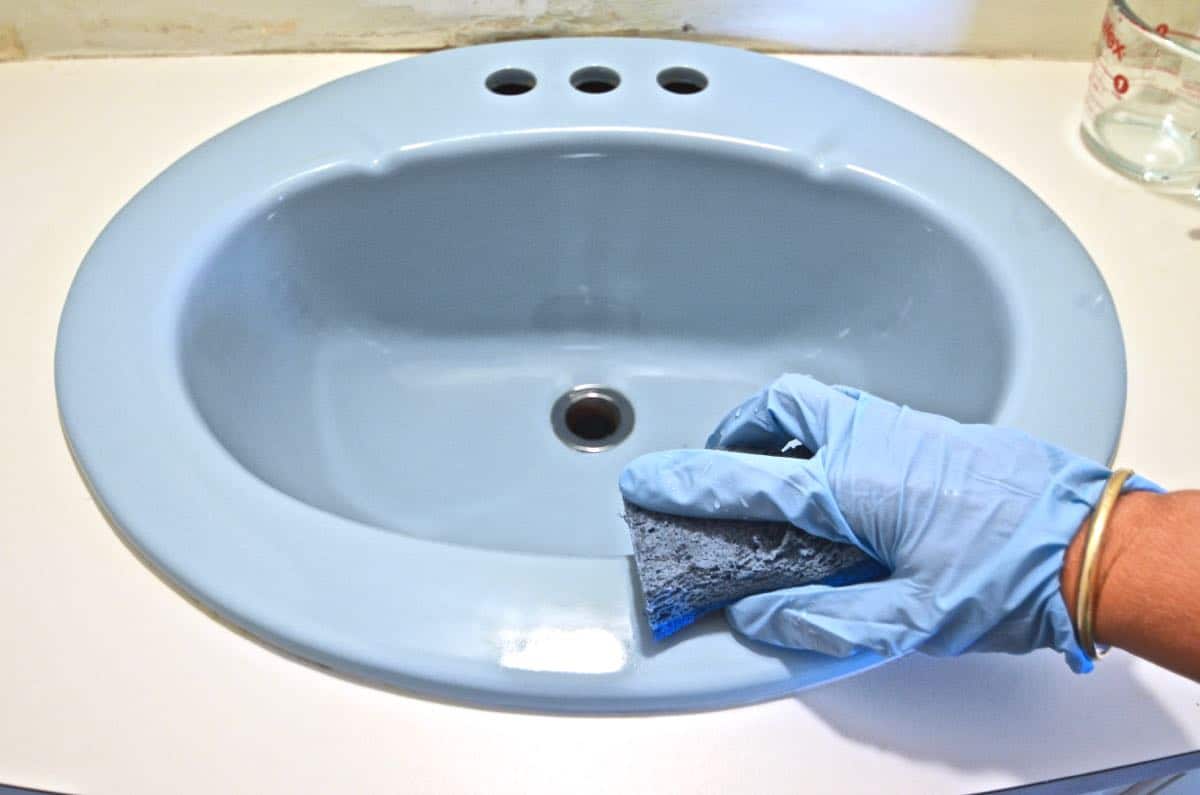
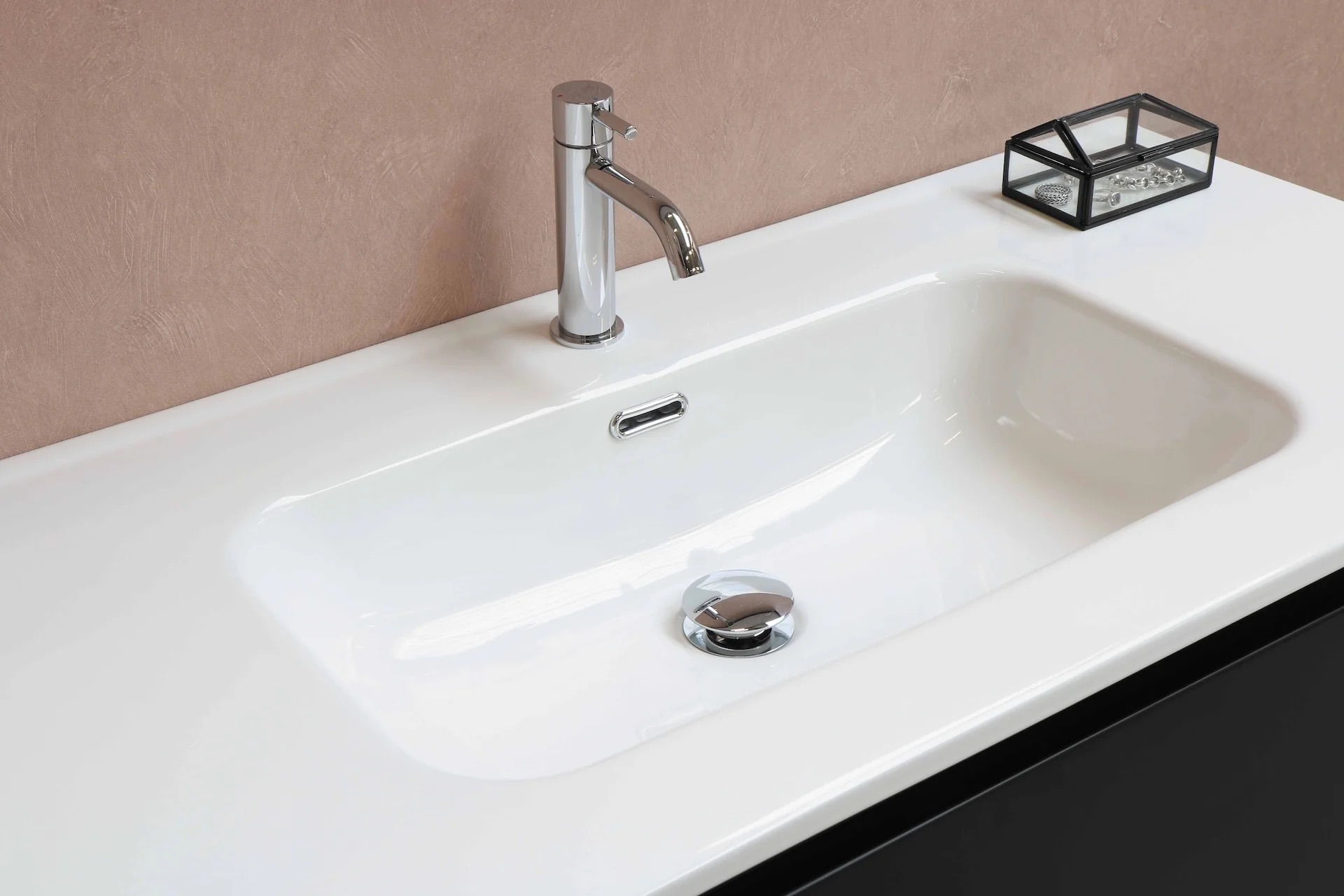

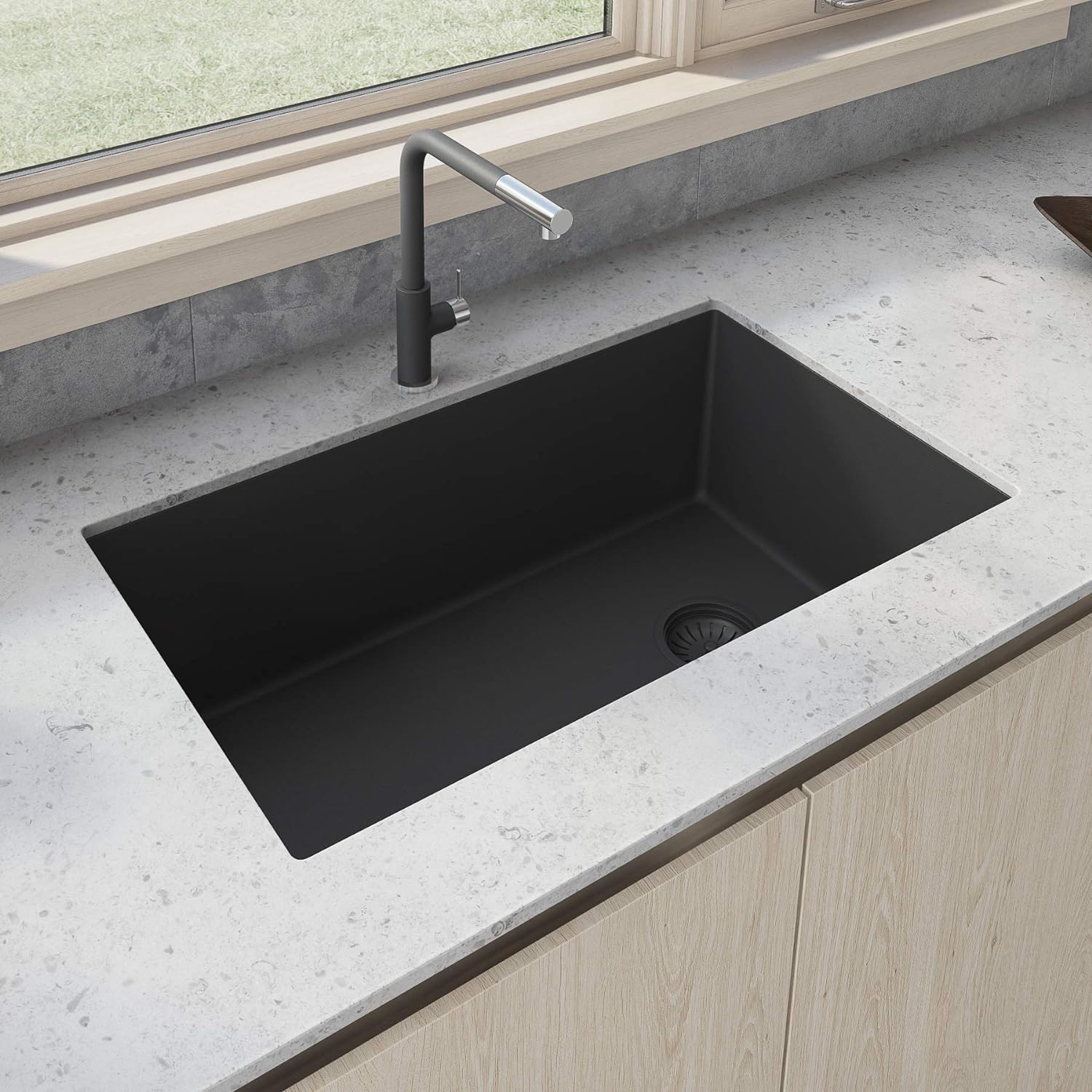
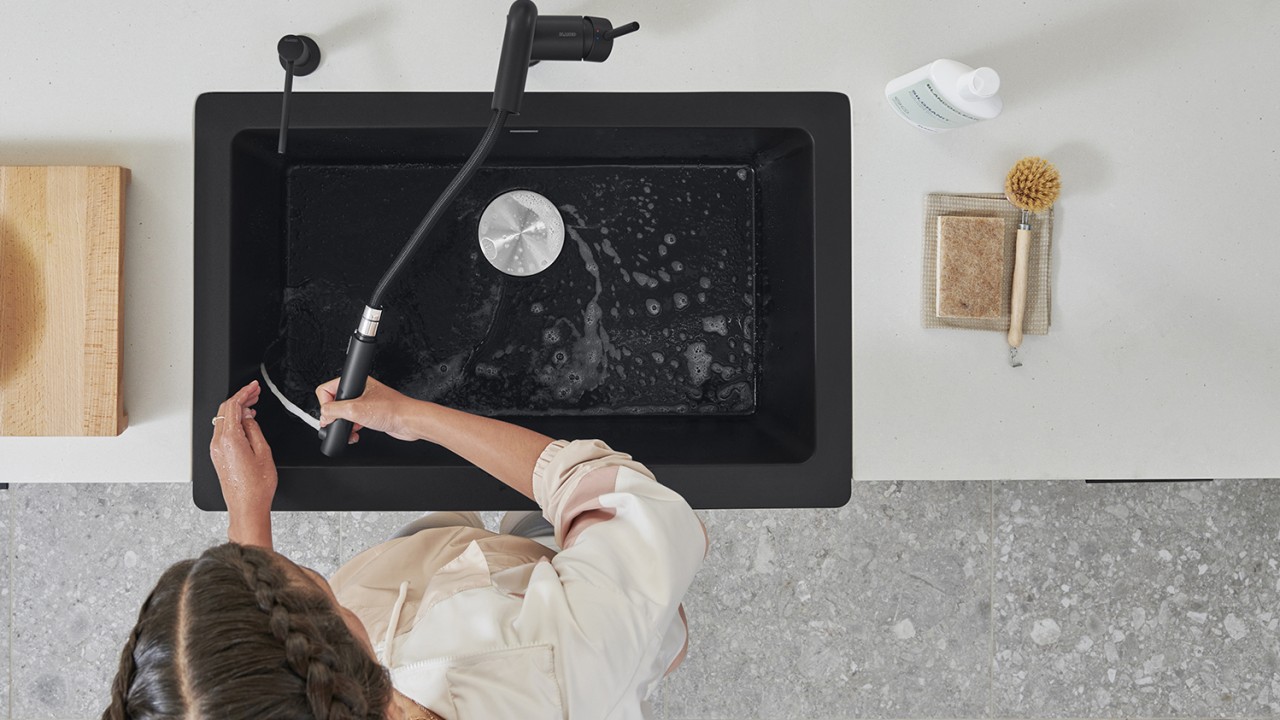
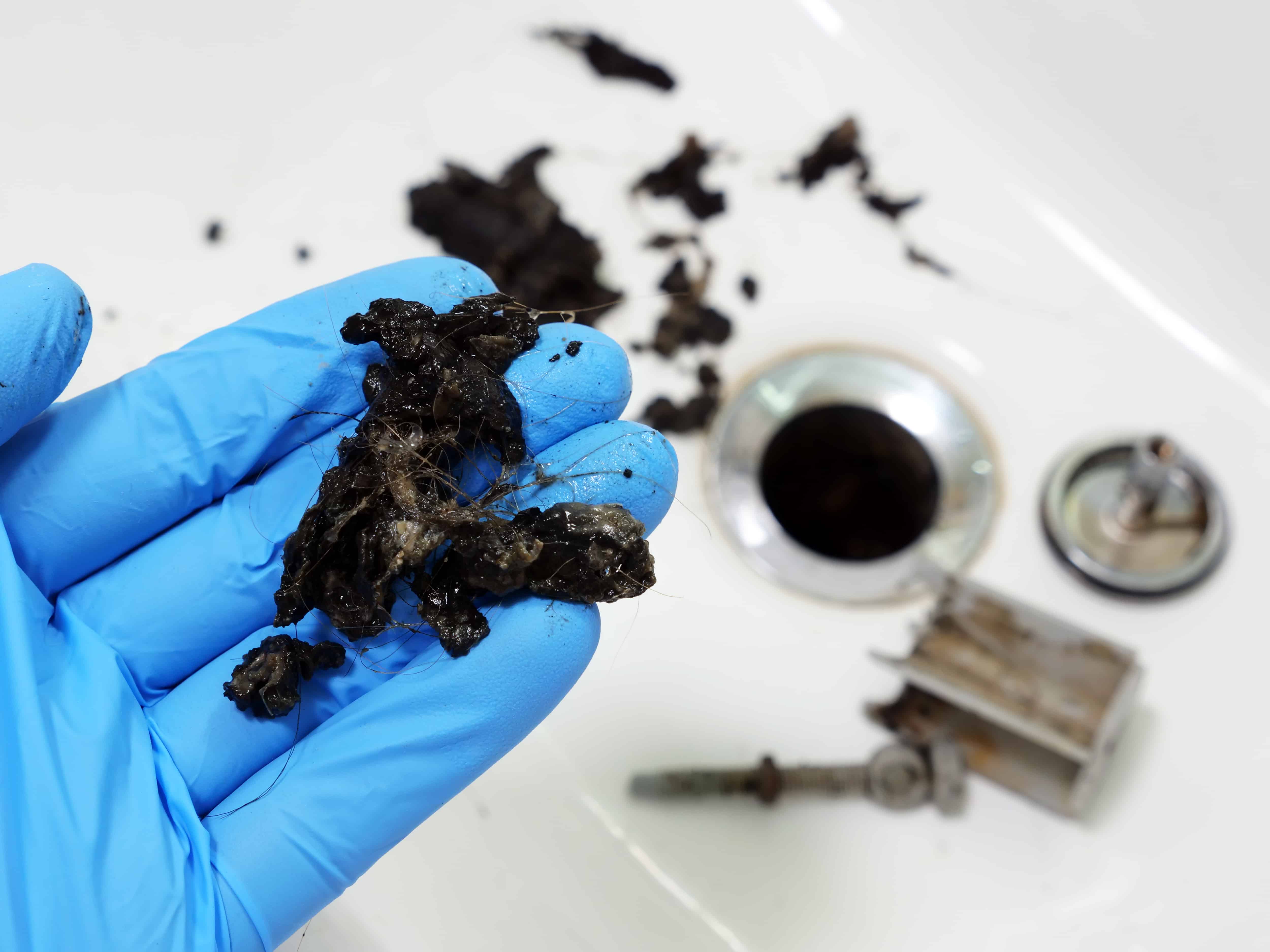
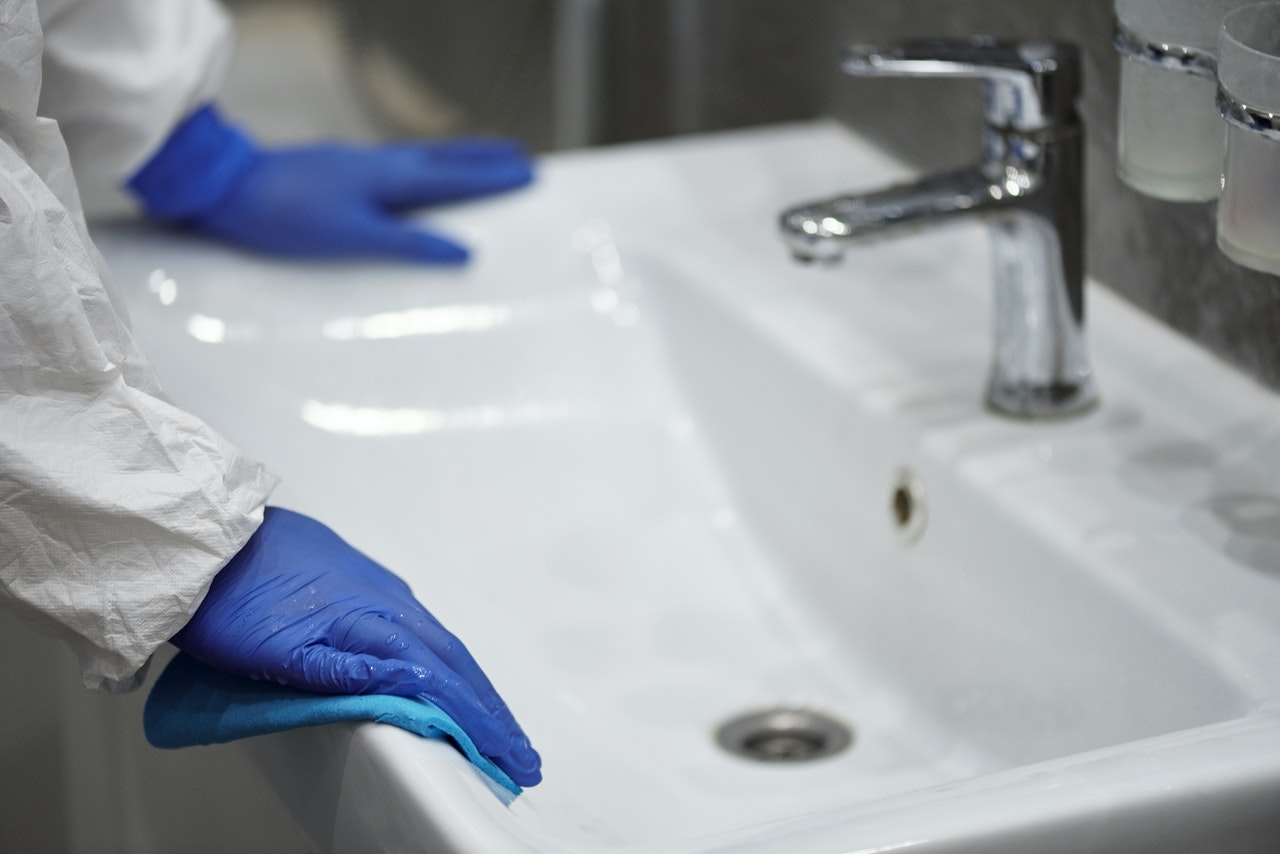
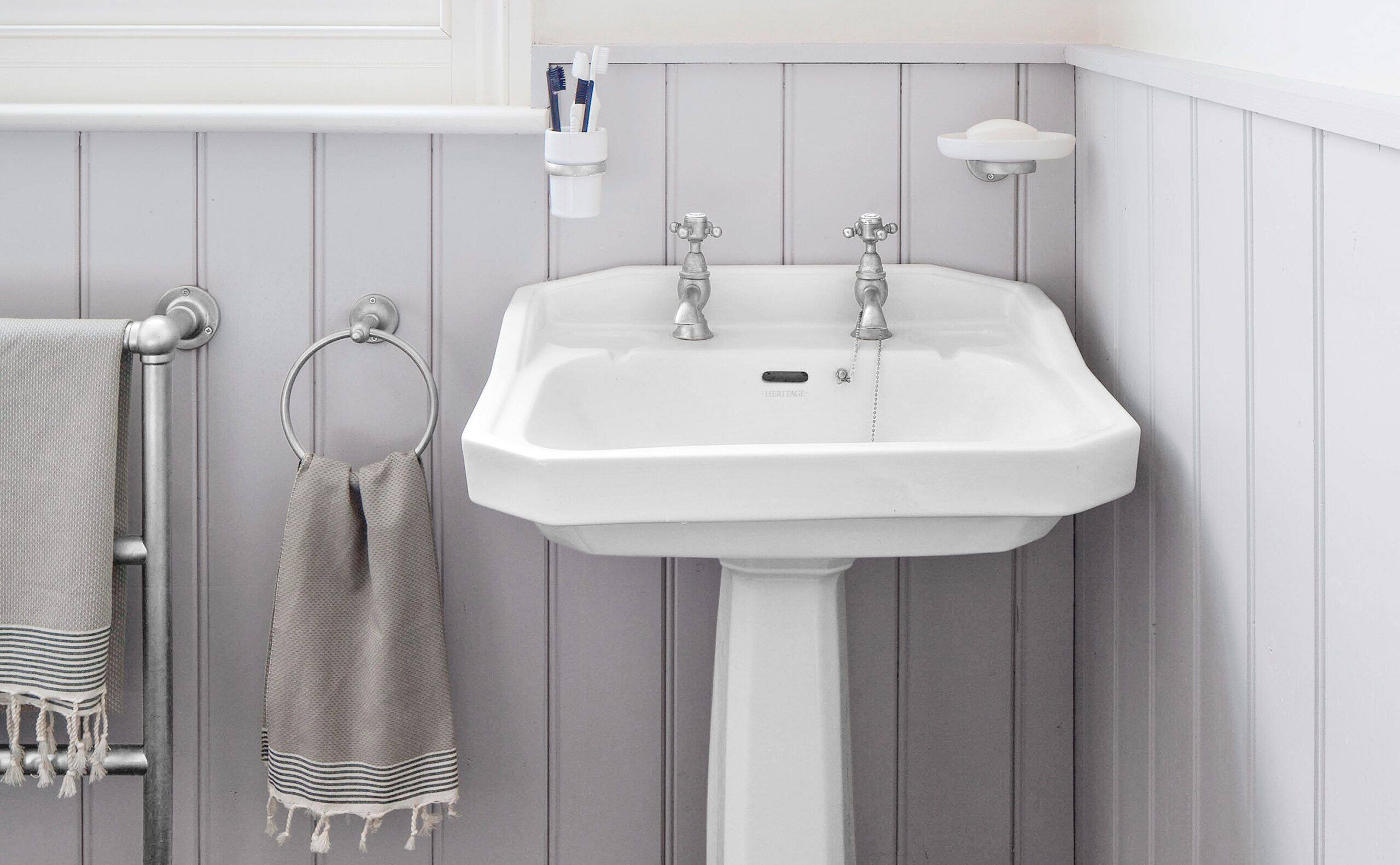
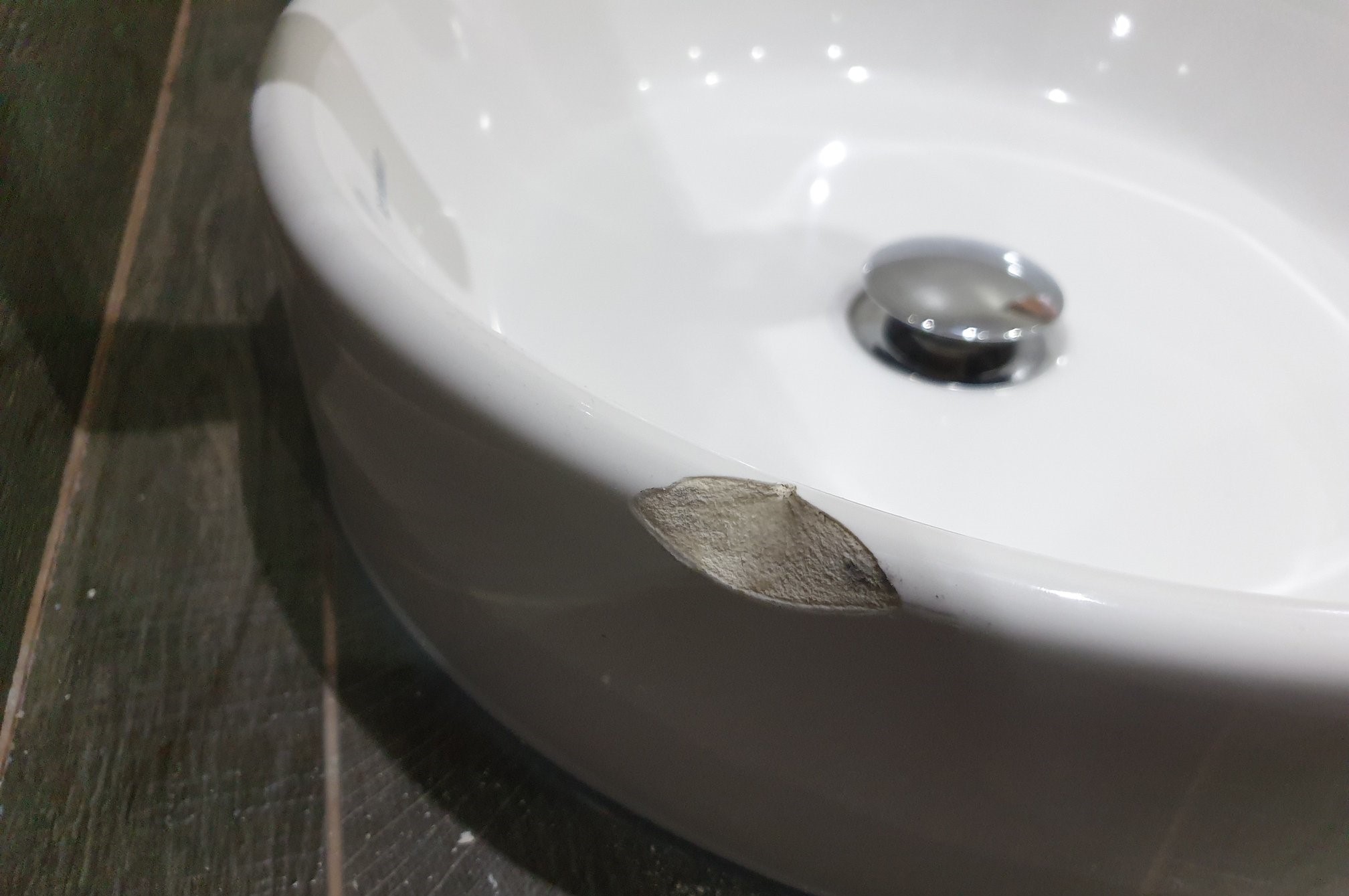
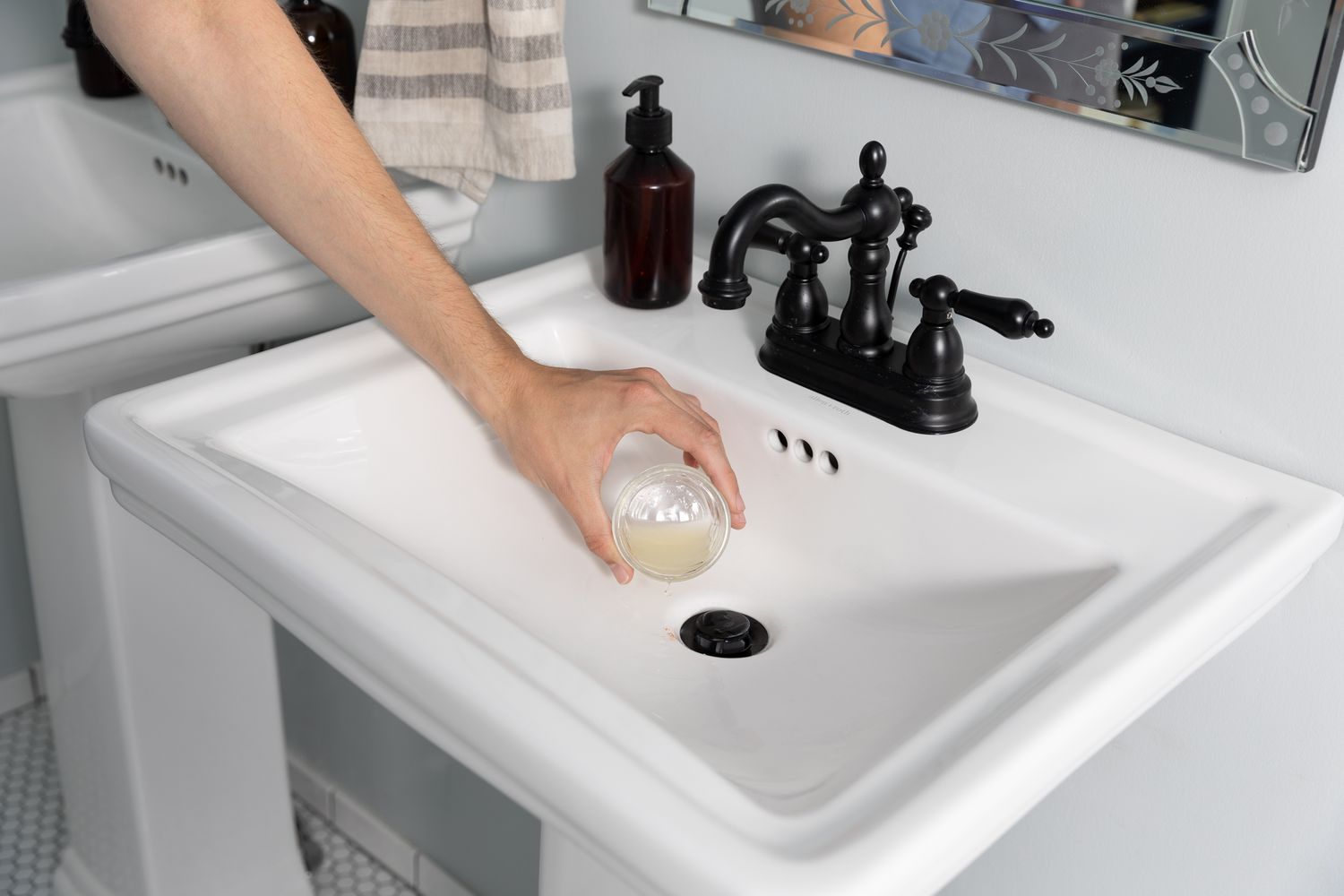
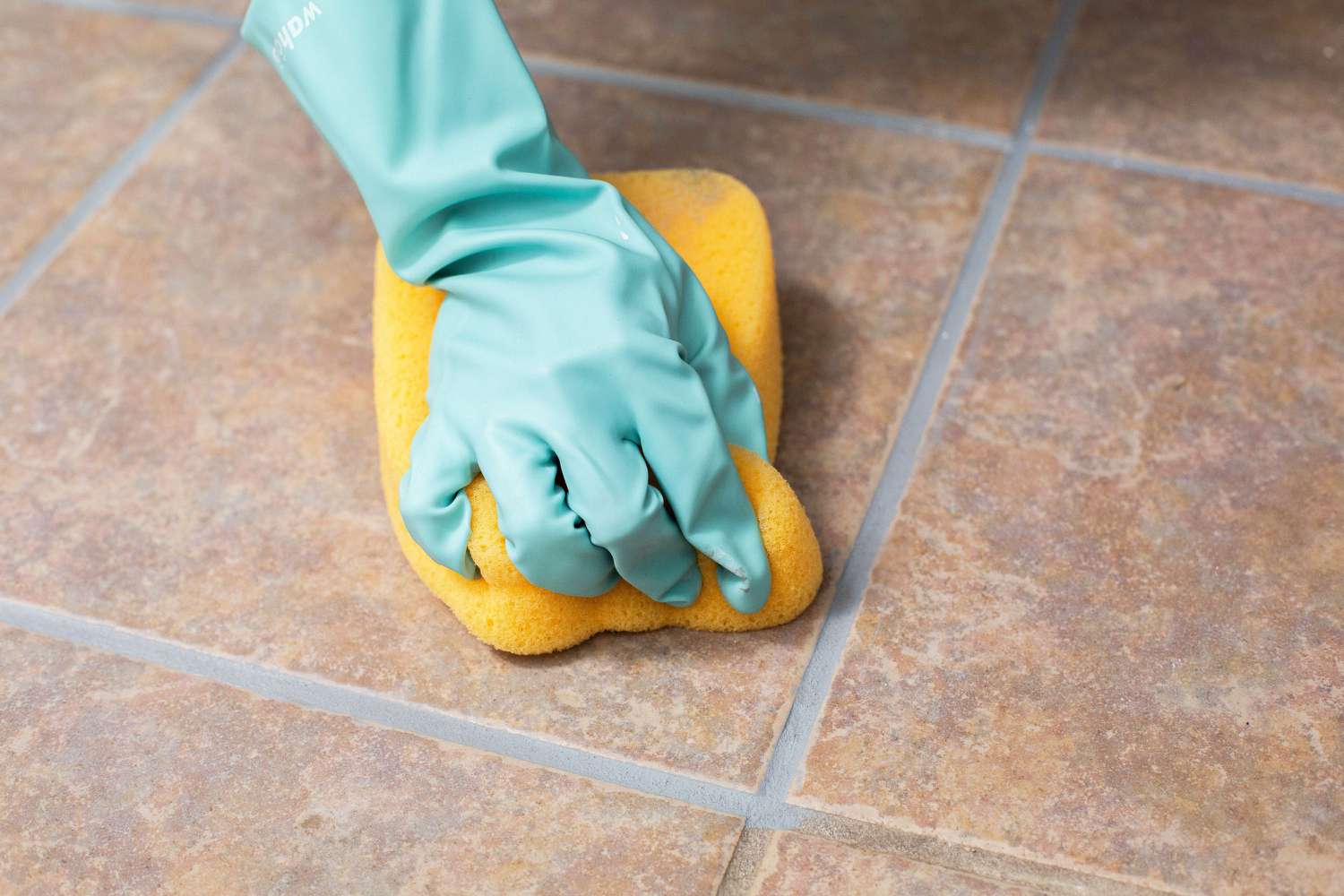
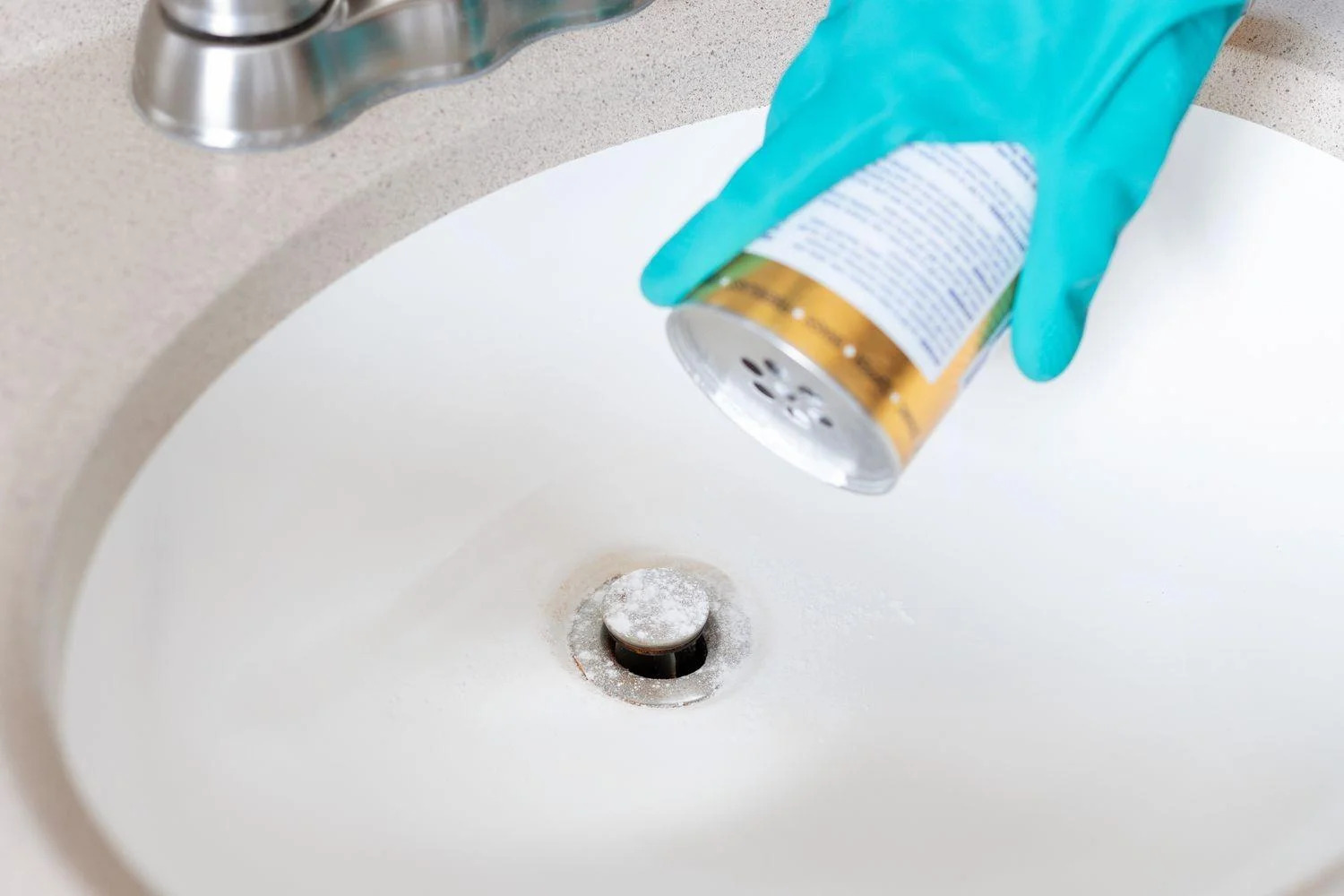
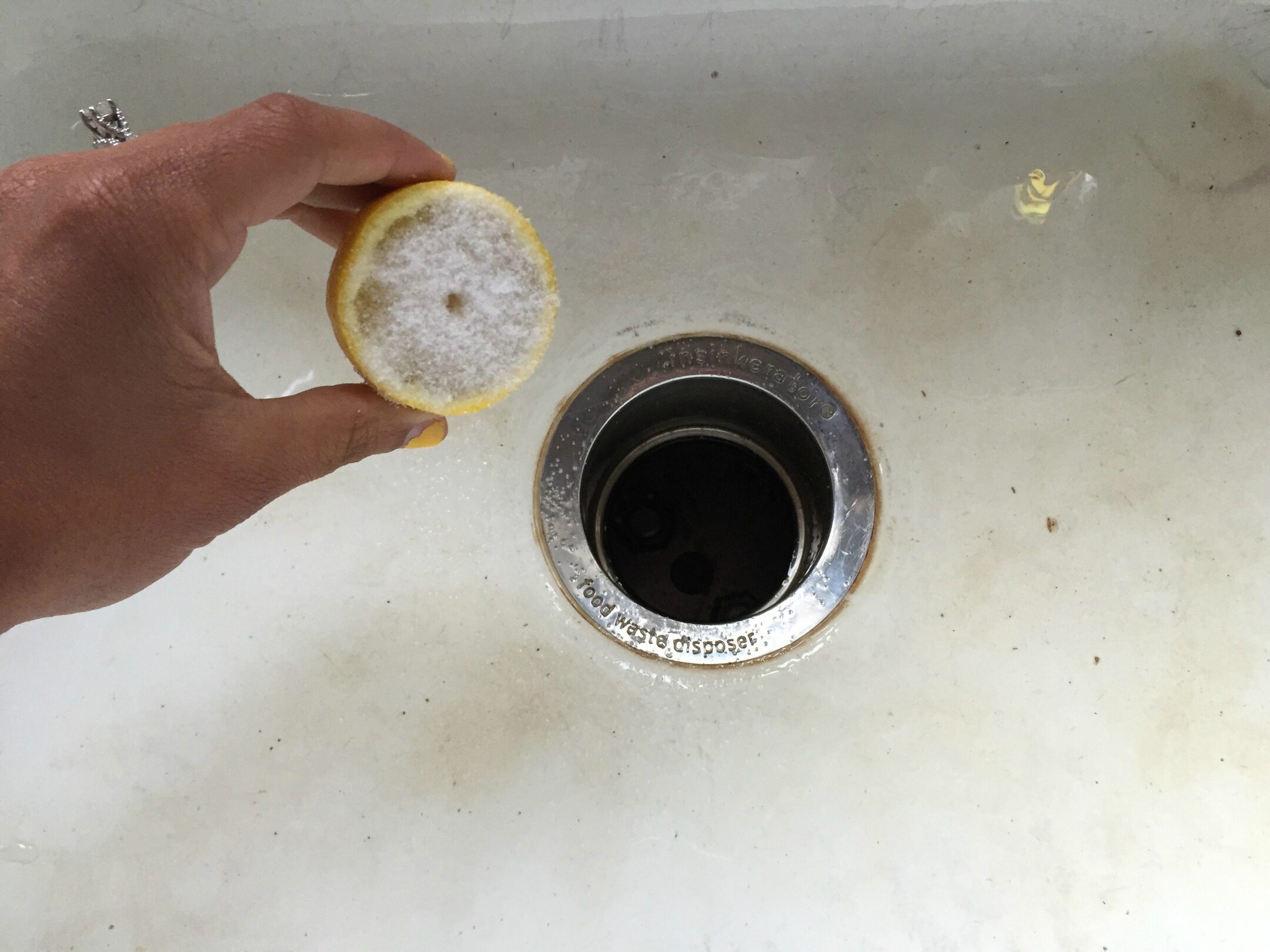


0 thoughts on “How To Clean A Black Porcelain Sink”